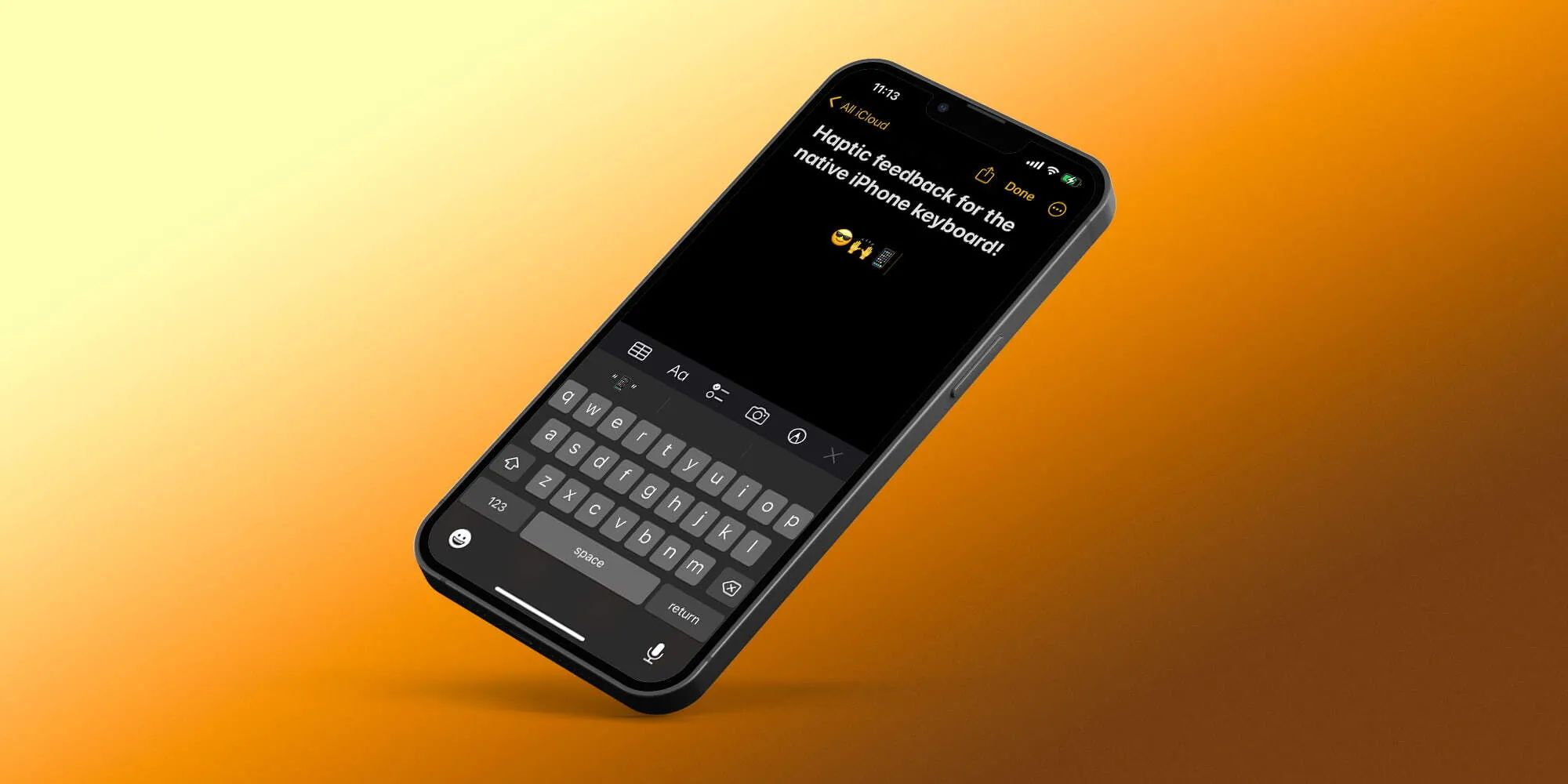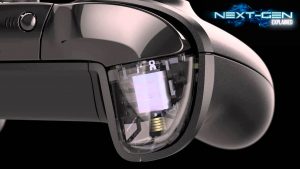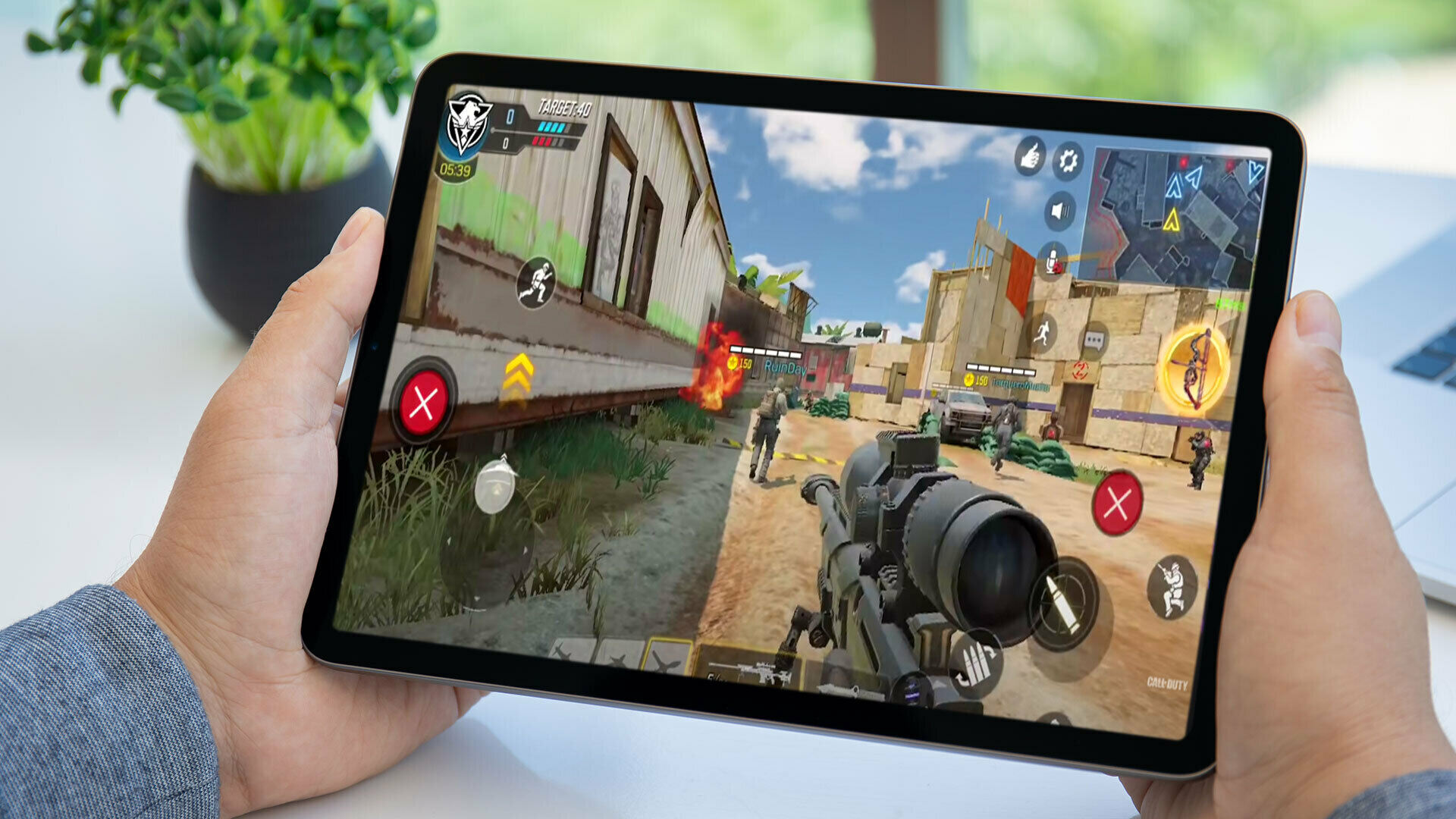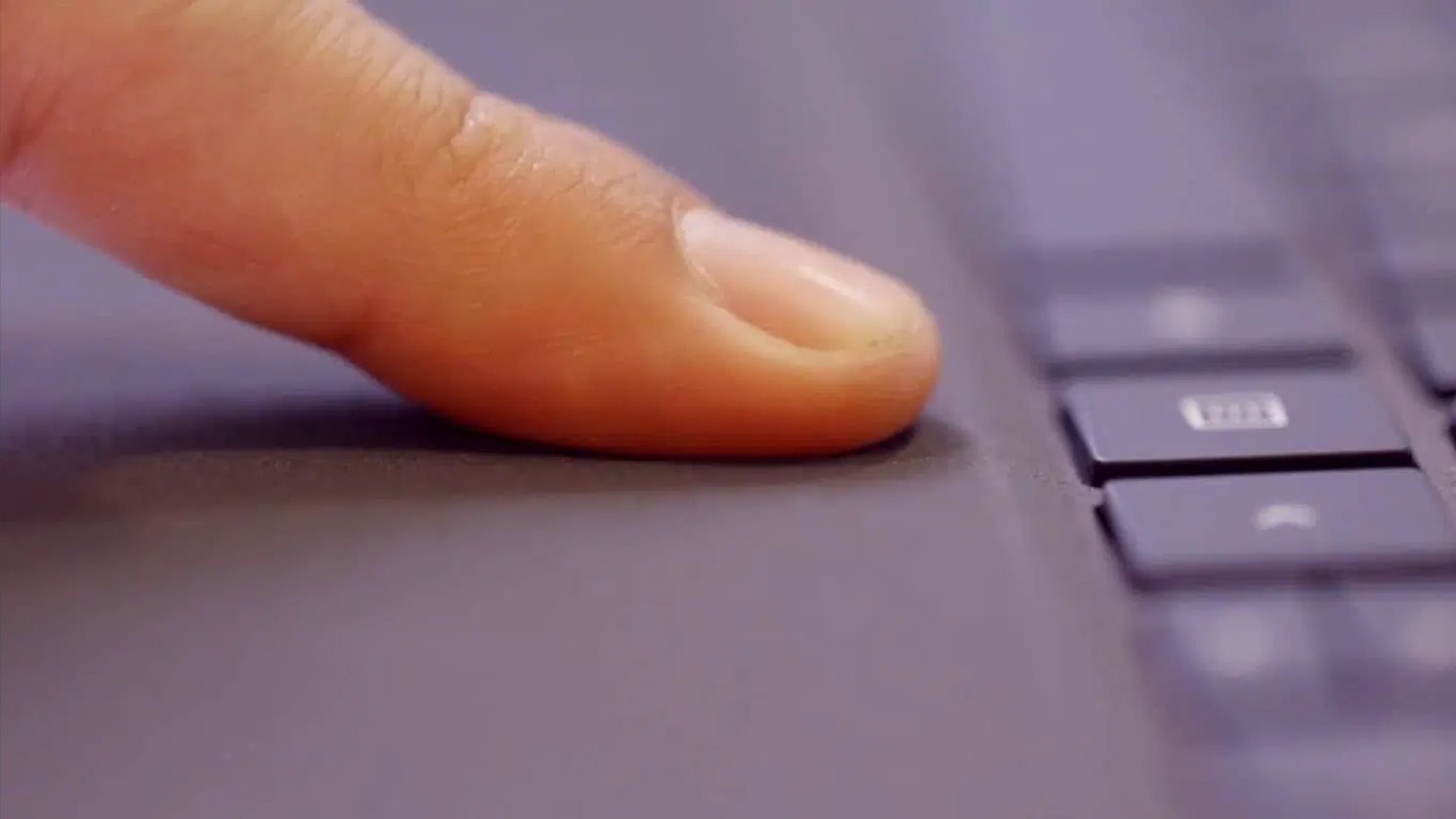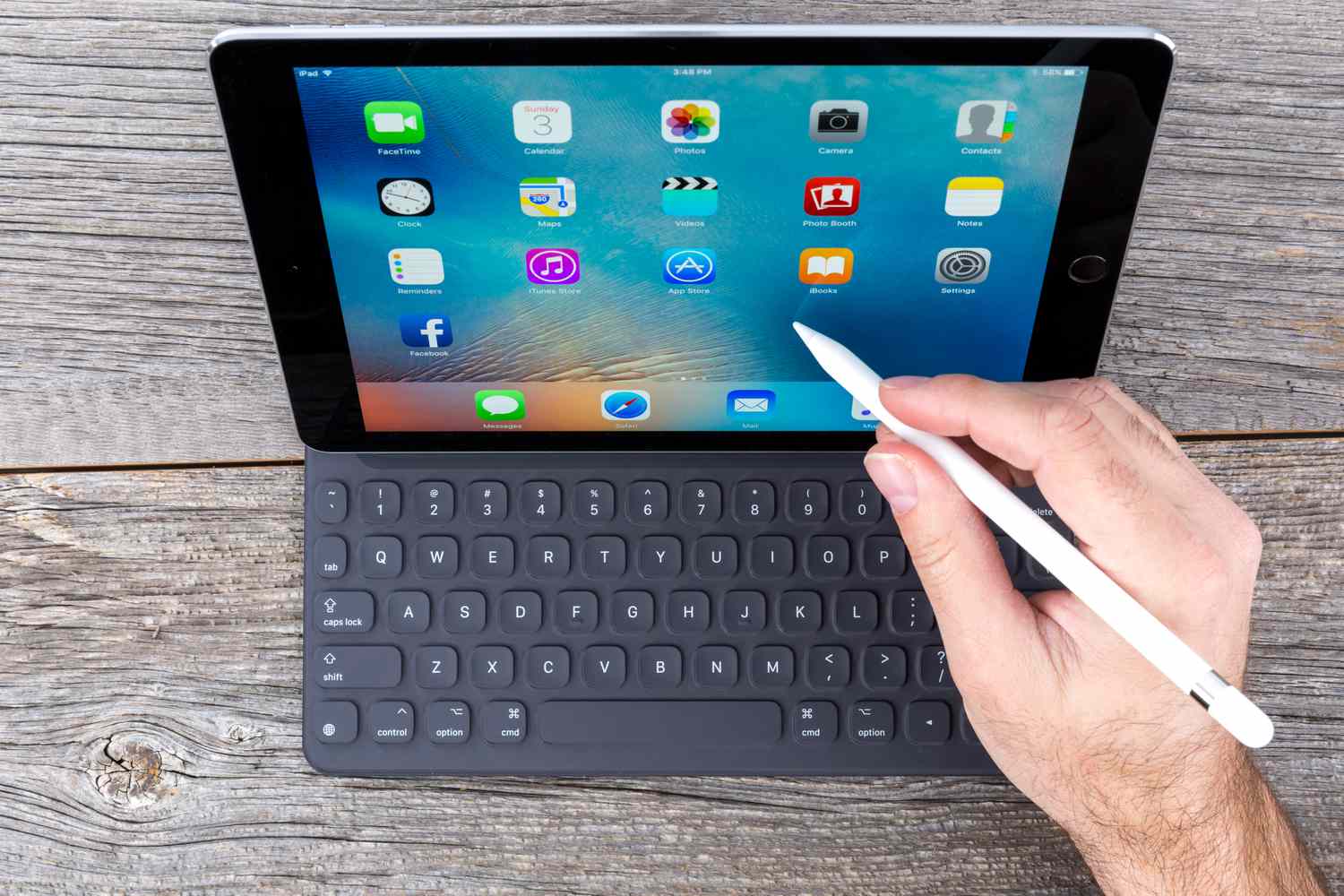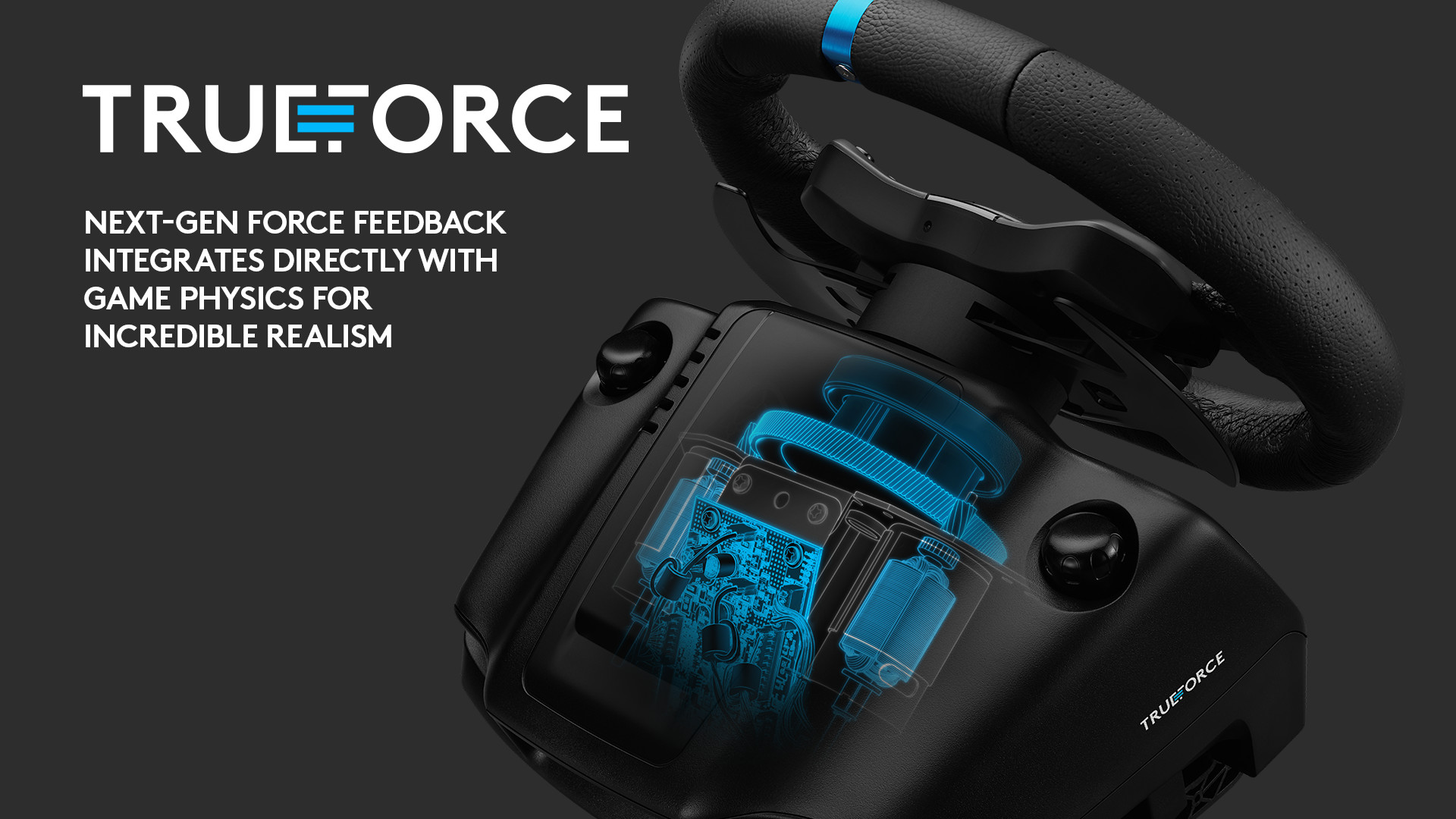Introduction
Haptic feedback is an increasingly popular technology that adds a tactile sense to digital devices, providing users with a more immersive and engaging experience. In recent years, keyboards with haptic feedback have gained significant attention, offering users a unique typing experience that combines the familiar tactile feel of physical keyboards with the convenience and versatility of virtual keyboards.
Haptic feedback, also known as tactile feedback, refers to the use of physical sensations to provide feedback or response to user actions. It adds a sense of touch to electronic devices and applications, allowing users to physically interact with virtual objects.
The rise in popularity of touchscreen devices, such as smartphones and tablets, has led to the development of advanced haptic feedback technologies. These technologies aim to replicate the tactile feedback and natural typing experience of physical keyboards on virtual keyboards.
The benefits of haptic feedback in keyboards are numerous. It not only enhances the typing experience but also improves accuracy and efficiency. The tactile feedback provided by haptic keyboards helps users to quickly adjust to different typing styles and reduces errors. Moreover, it adds a level of satisfaction to typing by providing a physical response to keystrokes.
There are different types of haptic feedback used in keyboards, including vibration, force feedback, and pressure-sensitive keys. These technologies work together to recreate the feeling of typing on a physical keyboard, making the virtual typing experience more intuitive and enjoyable.
Keyboards with haptic feedback rely on various technologies to deliver the tactile sensations. These technologies include actuators, sensors, and specialized software algorithms. Actuators generate the physical vibrations or forces, while sensors detect user input. The software algorithms interpret the input data and generate appropriate haptic feedback to simulate the feel of typing on a physical keyboard.
In this article, we will explore the world of keyboard haptics in detail. We will delve into the different types of haptic feedback used in keyboards, examine how they work, and discuss the common technologies employed in creating haptic keyboards. By understanding the intricacies of keyboard haptics, you will gain a deeper appreciation for the technology and the benefits it offers in enhancing the typing experience.
What is Haptic Feedback?
Haptic feedback, also known as tactile feedback, is a technology that provides users with a physical sensation or response in response to their actions on a digital device. It adds the sense of touch to the user interface, enhancing the overall user experience and making interactions with virtual objects more immersive and realistic.
Unlike visual or auditory feedback, which rely on sight or sound, haptic feedback relies on physical sensations to convey information or simulate real-world experiences. It can be experienced through vibrations, forces, or pressure-sensitive interactions.
In the context of keyboards, haptic feedback is used to replicate the tactile feel of typing on a physical keyboard. It replaces the lack of physical keys on virtual keyboards by providing users with a haptic response that mimics the sensation of pressing down on a key and feeling the keycap give way under their fingers.
By incorporating haptic feedback into keyboards, users can enjoy the benefits of physical typing without the need for a traditional, bulky keyboard. Additionally, haptic feedback can be personalized and adjusted to meet individual preferences, allowing users to fine-tune the level of tactile feedback they desire.
One of the primary advantages of haptic feedback is its ability to improve typing accuracy and efficiency. The physical response provided by haptic keyboards helps users establish muscle memory, making it easier to find and press the right keys without needing to constantly look at the screen. This can result in faster and more accurate typing, especially for touch typists who rely on their muscle memory to navigate the keyboard.
Besides enhancing typing accuracy, haptic feedback also adds a layer of satisfaction to the typing experience. The tactile sensations produced by haptic keyboards provide instant feedback and reinforce the connection between the user’s actions and the device’s response. It creates a more engaging and enjoyable typing experience, making the overall interaction more satisfying and fulfilling.
Overall, haptic feedback plays a crucial role in bridging the gap between virtual and physical experiences. In the case of keyboards, it offers a way to incorporate the tactile feel of physical typing into the convenience and versatility of virtual keyboards. By doing so, haptic keyboards provide users with a more intuitive, accurate, and enjoyable typing experience.
The Benefits of Haptic Feedback
Haptic feedback in keyboards offers numerous benefits that enhance the overall typing experience and improve user satisfaction. Let’s delve into some of these benefits:
1. Enhanced Typing Accuracy: Haptic feedback provides users with physical sensations that help establish muscle memory and improve typing accuracy. The tactile response guides users’ fingers to the right keys, reducing typing errors and increasing overall typing speed.
2. Improved Typing Efficiency: With haptic feedback, users can type more efficiently by relying on their muscle memory rather than constantly looking at the screen. The physical feedback lets them know when a key has been pressed, providing a more intuitive and natural typing experience.
3. Realistic Tactile Experience: Haptic feedback replicates the tactile feel of typing on a physical keyboard by simulating the sensation of key presses and the slight give of keycaps. This realistic tactile experience enhances the satisfaction and engagement of typing.
4. Customizable Feedback: Haptic keyboards often offer customizable settings for the level of feedback desired. Users can adjust the intensity of vibrations or forces, allowing them to tailor the experience to their personal preferences.
5. Accessibility Enhancements: Haptic feedback in keyboards can benefit individuals with visual impairments by providing a tactile reference point for key presses. It enhances the accessibility and usability of virtual keyboards, allowing a wider range of users to type comfortably and accurately.
6. Immersive Gaming Experience: Haptic feedback in gaming keyboards adds an extra layer of immersion when playing video games. The physical feedback enhances the gaming experience by simulating the feel of different actions, such as firing a weapon or driving a car.
7. Reduced Fatigue: Typing on virtual keyboards for extended periods can lead to finger fatigue due to the lack of tactile feedback. Haptic keyboards alleviate this issue by providing physical sensations, reducing strain and fatigue on the fingers.
Overall, haptic feedback in keyboards revolutionizes the typing experience by merging the convenience of virtual keyboards with the tactile feel of physical ones. The benefits of enhanced accuracy, improved efficiency, and customizable feedback make haptic keyboards an appealing choice for users seeking a more engaging and satisfying typing experience.
Types of Haptic Feedback in Keyboards
Haptic feedback keyboards employ various technologies to provide users with different types of tactile sensations. Let’s explore some of the common types of haptic feedback used in keyboards:
1. Vibration: Vibration is one of the most common forms of haptic feedback in keyboards. When a key is pressed, the keyboard generates a small vibration to mimic the sensation of the key being pressed down. The intensity and duration of the vibration can vary, providing users with a realistic tactile response.
2. Force Feedback: Force feedback technology adds resistance or pressure to the keyboard when a key is pressed. This type of haptic feedback simulates the feeling of pressing down on a physical key. The user can feel a slight resistance or pushback, making the virtual typing experience more akin to typing on a physical keyboard.
3. Pressure-sensitive Keys: Some haptic keyboards feature pressure-sensitive keys that respond to the amount of force applied during typing. When more pressure is applied, the keys provide a stronger haptic response, giving users a sense of pressing down on the keys with varying degrees of intensity.
4. Tactile Bumps: Another type of haptic feedback involves the incorporation of small tactile bumps or ridges on the surface of the keyboard. These bumps provide physical landmarks for the fingers and help users locate key positions more easily. The bumps offer a subtle tactile feedback, aiding in typing accuracy and reducing errors.
5. Audio Feedback: While not a purely haptic feedback mechanism, audio feedback is often combined with physical sensations in haptic keyboards. When a key is pressed, a corresponding sound is played, giving users an additional auditory cue to accompany the tactile feedback. The audio feedback further enhances the realism and feedback during typing.
6. Virtual Clicks: Haptic keyboards can also simulate the distinct clicking sound of physical keys through audio feedback and vibration. This feature provides users with an auditory and tactile response that closely resembles the sensation of pressing down on mechanical keys.
The combination of different types of haptic feedback in keyboards aims to recreate the tactile experience of typing on a physical keyboard. By incorporating vibrations, forces, pressure sensitivity, tactile bumps, and audio cues, haptic keyboards provide a multi-sensory experience that adds depth and satisfaction to the virtual typing process.
How Do Keyboard Haptics Work?
To understand how keyboard haptics work, it is essential to examine the underlying technologies and processes involved. Here is an overview of how keyboard haptics function:
1. Actuators: Actuators are the mechanisms responsible for generating haptic feedback in keyboards. Common types of actuators used in haptic keyboards include linear resonant actuators (LRAs), eccentric rotating mass (ERM) motors, and piezoelectric actuators. These actuators produce vibrations or forces that simulate the tactile sensations of physical key presses.
2. Sensors: Sensing mechanisms play a crucial role in keyboard haptics. They detect user input, such as key presses, and provide feedback to the system. Common types of sensors used include capacitive touch sensors and force sensors. These sensors capture the user’s interactions and send signals to the haptic system.
3. Software Algorithms: Keyboard haptics rely on sophisticated software algorithms to interpret input data from sensors and generate appropriate haptic feedback. These algorithms analyze factors such as the force applied, timing of key presses, and finger position to determine the appropriate vibrations or forces to simulate a realistic typing experience.
4. Haptic Feedback Patterns: Keyboard haptics utilize predefined feedback patterns to replicate the tactile sensations of physical typing. These patterns consist of vibrations or forces that correspond to the characteristics of each key press. For example, a key press might trigger a short and quick vibration, while a long press might result in a longer, more intense vibration.
5. Tactile Simulation: Keyboard haptics aim to simulate the tactile experience of physical keys. This involves recreating the feeling of pressing down on a key, feeling the keycap give way, and experiencing the release of the key. Through a combination of actuators, sensors, software algorithms, and haptic feedback patterns, haptic keyboards offer users a realistic perception of typing on a physical keyboard.
6. Customization Options: Many haptic keyboards provide customization options for users to adjust the haptic feedback according to their preferences. This can include modifying the intensity of vibrations, adjusting the force sensitivity, or selecting different haptic feedback patterns. Customization options allow users to tailor the typing experience to their liking.
By integrating actuators, sensors, software algorithms, and haptic feedback patterns, keyboard haptics create a virtual typing experience that closely resembles the feel of physical keys. This technology has revolutionized the virtual keyboard landscape, offering users the best of both worlds: the convenience of virtual typing and the satisfying tactile feedback of physical keyboards.
Common Technologies Used in Keyboard Haptics
Keyboard haptics rely on various technologies to deliver tactile feedback and enhance the typing experience. Let’s explore some of the common technologies used in keyboard haptics:
1. Linear Resonant Actuators (LRAs): LRAs are commonly used actuators in haptic keyboards. They generate vibrations by oscillating a small mass back and forth along a linear path. These vibrations provide the tactile sensations that simulate the feeling of pressing down on physical keys.
2. Eccentric Rotating Mass (ERM) Motors: ERM motors are another type of actuator used in haptic keyboards. They consist of a rotating mass that creates vibrations when driven by an electric motor. By varying the speed and amplitude of the motor’s rotation, ERMs can produce different levels of tactile feedback.
3. Piezoelectric Actuators: Piezoelectric actuators use the piezoelectric effect to generate vibrations. When an electric current is applied to a piezoelectric material, it undergoes deformation, creating mechanical vibrations. These actuators are known for their quick response time and precise control over vibrations, making them suitable for haptic keyboards.
4. Capacitive Touch Sensors: Capacitive touch sensors are commonly used in keyboard haptics to detect the user’s touch and trigger haptic feedback. These sensors measure changes in capacitance when a user’s finger gets closer to or touches the keyboard surface. This information is then used to initiate the appropriate haptic response.
5. Force Sensors: Force sensors are utilized to measure the amount of force applied during key presses. These sensors can detect the varying degrees of pressure and transmit this data to the haptic system to generate corresponding haptic feedback. Force sensors help achieve more realistic and context-sensitive feedback responses.
6. Software Algorithms: Software algorithms play a crucial part in determining the timing, intensity, and pattern of haptic feedback in keyboards. These algorithms interpret user input from sensors and adjust the haptic feedback accordingly, ensuring a fluid and responsive typing experience. Advanced algorithms can also analyze typing patterns and adapt the haptic feedback to suit individual typing styles.
7. Customization Software: Many haptic keyboards come with customization software that allows users to adjust various aspects of the haptic feedback. This software enables users to personalize the intensity, vibration patterns, or force sensitivity according to their preferences, creating a truly customized typing experience.
By integrating these technologies, keyboard haptics provide users with a rich and immersive typing experience that closely mimics the tactile sensations of physical keys. The combination of actuators, sensors, software algorithms, and customization options ensures that haptic keyboards can be tailored to meet the diverse needs and preferences of users.
Conclusion
Haptic feedback has revolutionized the typing experience by adding a tactile dimension to keyboards. Through the use of various technologies such as actuators, sensors, software algorithms, and customization options, haptic keyboards have brought the familiar feel of physical keyboards to the digital realm.
The benefits of keyboard haptics are abundant. Enhanced typing accuracy, improved efficiency, realistic tactile experiences, customizable feedback, accessibility enhancements, and reduced fatigue are just a few of the advantages that haptic keyboards offer.
By incorporating vibration, force feedback, pressure sensitivity, tactile bumps, and audio cues, haptic keyboards recreate the tactile sensations of typing on physical keyboards. These keyboards bridge the gap between virtual and physical experiences, providing users with a more intuitive, accurate, and enjoyable typing experience.
The technologies used in keyboard haptics, such as linear resonant actuators (LRAs), eccentric rotating mass (ERM) motors, piezoelectric actuators, capacitive touch sensors, force sensors, and software algorithms, work together seamlessly to deliver the desired haptic feedback. Additionally, customization software allows users to personalize their haptic experience according to their preferences.
As technology continues to evolve, we can expect further advancements and innovations in keyboard haptics. Manufacturers are continuously exploring new ways to improve the accuracy, responsiveness, and fidelity of haptic feedback. This will undoubtedly lead to even more immersive and engaging typing experiences in the future.
In conclusion, keyboard haptics have transformed the way we interact with virtual keyboards, combining convenience and versatility with the tactile satisfaction of physical typing. Whether for professional work, gaming, or accessibility purposes, haptic keyboards offer an appealing alternative that brings us closer to the feel of traditional keyboards while embracing the benefits of digital technology.







